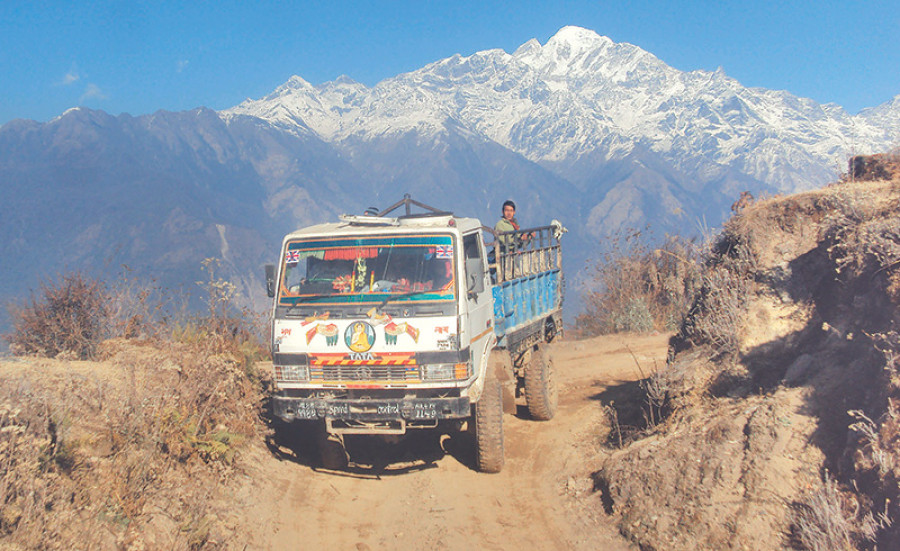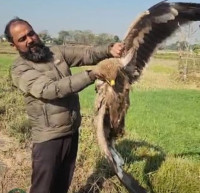National
Reconstruction gathers momentum in Gorkha
Gorkha is only just limping back to normalcy two years after the destructive earthquake that was centred at the district’s Barpak village.
Sudip Kaini
Gorkha is only just limping back to normalcy two years after the destructive earthquake that was centred at the district’s Barpak village.
As the delayed recovery works are finally gaining momentum, hope springs among the lives of thousands of families rendered homeless by the disaster.
Homes and settlements flattened by the earthquake of 25 April 2015 are slowly getting rebuilt.
The government has announced a house rebuilding grant of Rs 300,000 to every household that lost its home to the earthquake.
There are well over 60,000 households in Gorkha alone who need the grant to rebuild their homes.
So far, over 54,000 households have received Rs 50,000 as the first tranche of the rebuilding aid, around 8,500 have taken the second batch of the aid having started the house construction works as per the building guidelines set by the National Reconstruction Authority, and nearly 1,200 households have received the final instalment of the house rebuilding grant.
While the earthquake survivors in Gorkha are building new homes with the help of the NRA aid these days, the other damaged infrastructures like roads, bridges and canals are also being fixed.
Schools, government offices and health facilities are also getting new buildings from where they could run their daily operations in a smooth, effective manner.
Almost all schools in Gorkha had collapsed in the earthquake. According to the District Education Office, of the 443 school buildings that were rendered useless by the quake, 205 buildings have been reconstructed till date.
Forty-four school buildings are currently under construction, while preparations are already underway to reconstruct 46 other school buildings.
District Education Officer Dipendra Subedi said they currently lacked the financial resource to construct buildings for 149 schools.
But despite the financial limitation, Subedi seems satisfied by the overall progress made by Gorkha in rebuilding of its schools.
“With every new school building we are also building library and laboratory facilities. We will have safe and much better centre for learning when all schools have been completed,” Subedi said.
Similarly, of the 55 health post buildings destroyed by the earthquake, 42 have already been reconstructed.
Kedar Raj Parajuli, chief at the District Public Health Office, said that the Health Department will gradually start rebuilding permanent structures to house the health facilities that were moved into temporary buildings in the wake of the earthquake.
The famous Gorkha Durbar, which suffered severe structural damages in the earthquake, is also undergoing repair these days at the initiative of the Department of Archaeology.
This ancient palace and the seat of power of King Prithvi Narayan Shah before his Nepal unification campaign is expected to be restored in two-and-half years period.
The palace building was built in 1686 BS during the reign of King Ram Shah. It had withstood the catastrophic earthquake of 1934, but it was rattled to its foundation by the 2015 earthquake.
“There are several cracks running along the walls and the building’s very foundation has also been compromised. Restoring this historical building without losing original design is going to take both time and patience,” said Rameshwor Kattel, who chairs a committee looks after the palace.




 11.12°C Kathmandu
11.12°C Kathmandu















